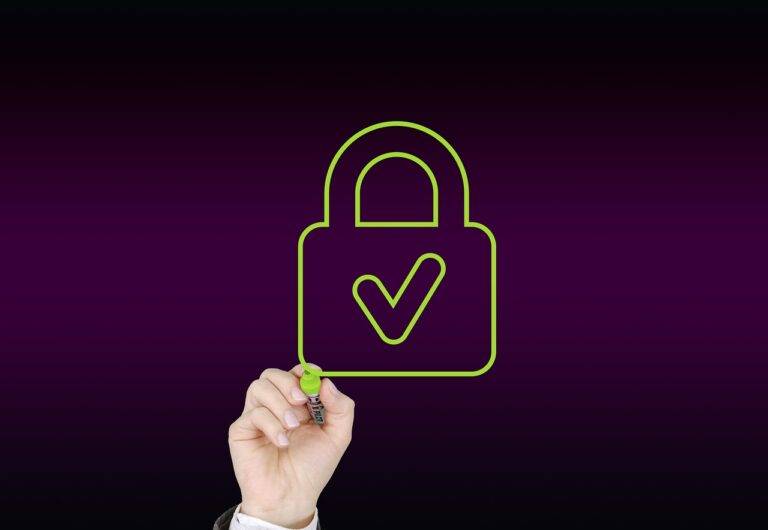How to Design a Successful Business Networking Event
When planning an event, setting clear objectives is essential to ensure its success. Objectives serve as the guiding principles that define the purpose of the event and what you aim to achieve. These objectives should be specific, measurable, achievable, relevant, and time-bound, providing a clear roadmap for organizing and executing the event effectively.
Firstly, consider what you want to accomplish with the event. Whether it’s increasing brand awareness, generating leads, fostering relationships with clients, or raising funds for a cause, defining the primary goals will help you tailor every aspect of the event towards achieving these objectives. Additionally, setting realistic and achievable objectives will allow you to track your progress and evaluate the event’s success based on pre-established criteria.
Identifying Your Target Audience
To effectively plan a successful event, it is crucial to identify and understand your target audience. By pinpointing who your event is intended for, you can tailor all aspects of your planning and execution to cater specifically to their needs and preferences. One way to identify your target audience is by conducting thorough market research to gather demographic information, including age, gender, location, income level, and interests. This data will provide valuable insights into the characteristics of the individuals most likely to attend your event.
In addition to demographic information, it is essential to consider psychographic factors when identifying your target audience. Psychographics delve deeper into the attitudes, values, beliefs, and behaviors of your potential attendees, allowing you to create a more targeted and personalized event experience for them. By understanding the psychographic profile of your audience, you can tailor your event messaging, promotional strategies, and overall event atmosphere to resonate with their preferences and motivations.
Why is it important to identify your target audience for an event?
Identifying your target audience helps you tailor your event to their specific needs and interests, making it more appealing and successful.
How can I identify my target audience?
You can identify your target audience by conducting market research, analyzing demographics and psychographics, and seeking feedback from past attendees.
What are some key objectives to consider when identifying your target audience?
Some key objectives to consider are understanding their needs and preferences, reaching the right people with your marketing efforts, and creating a memorable experience for them.
How can I tailor my event to appeal to my target audience?
You can tailor your event by choosing the right location, speakers, activities, and promotional tactics that align with the interests and preferences of your target audience.
What are some common mistakes to avoid when identifying your target audience?
Some common mistakes to avoid are assuming everyone is your target audience, not conducting thorough research, and not adapting your event based on feedback from your target audience.






